-
 Bitcoin
Bitcoin $99,594.2189
-3.59% -
 Ethereum
Ethereum $2,188.5793
-9.00% -
 Tether USDt
Tether USDt $1.0001
-0.02% -
 XRP
XRP $1.9745
-5.82% -
 BNB
BNB $608.9511
-3.73% -
 Solana
Solana $130.4575
-5.93% -
 USDC
USDC $1.0000
0.01% -
 TRON
TRON $0.2637
-3.59% -
 Dogecoin
Dogecoin $0.1493
-5.97% -
 Cardano
Cardano $0.5322
-6.72% -
 Hyperliquid
Hyperliquid $33.9044
3.33% -
 Bitcoin Cash
Bitcoin Cash $449.6411
-5.46% -
 UNUS SED LEO
UNUS SED LEO $8.9629
0.43% -
 Sui
Sui $2.3943
-8.35% -
 Chainlink
Chainlink $11.4402
-7.83% -
 Stellar
Stellar $0.2241
-6.49% -
 Avalanche
Avalanche $16.1489
-4.24% -
 Toncoin
Toncoin $2.7182
-5.94% -
 Shiba Inu
Shiba Inu $0.0...01040
-5.72% -
 Litecoin
Litecoin $78.7882
-4.07% -
 Ethena USDe
Ethena USDe $1.0004
-0.01% -
 Hedera
Hedera $0.1305
-7.45% -
 Monero
Monero $297.0030
-5.32% -
 Dai
Dai $0.9997
-0.02% -
 Polkadot
Polkadot $3.1834
-6.03% -
 Bitget Token
Bitget Token $3.9788
-7.03% -
 Uniswap
Uniswap $6.1327
-10.62% -
 Pepe
Pepe $0.0...08689
-8.30% -
 Pi
Pi $0.4826
-9.65% -
 Aave
Aave $219.8043
-9.69%
How to identify WR top divergence? Will WR definitely fall after top divergence?
WR top divergence signals potential reversals when price hits new highs but the WR indicator doesn't, though it's not a guaranteed predictor of price falls.
May 24, 2025 at 09:01 am
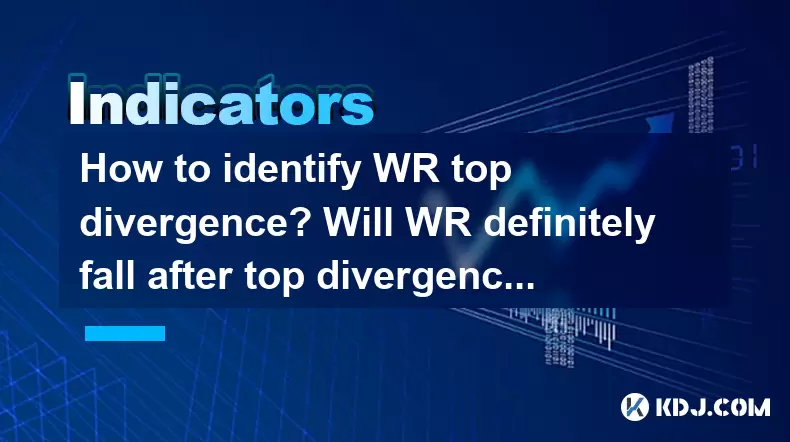
Understanding WR Top Divergence
WR, or Williams' %R, is a momentum indicator that measures the level of the close relative to the high-low range over a given period of time. Top divergence in WR occurs when the price of an asset reaches a new high, but the WR indicator fails to reach a new high, signaling a potential reversal or weakening momentum. Identifying WR top divergence involves a keen eye for discrepancies between price action and the WR indicator.
Steps to Identify WR Top Divergence
To accurately identify WR top divergence, follow these detailed steps:
Select the WR Indicator: Ensure that you have the Williams' %R indicator added to your trading chart. Most trading platforms have this indicator readily available in their list of technical indicators.
Set the Period: The standard setting for WR is 14 periods, but you can adjust this based on your trading strategy. For shorter-term trading, you might use a shorter period, while longer-term trading might require a longer period.
Observe Price Action: Look for instances where the price of the asset is making a new high. This is crucial because top divergence only occurs when the price reaches a new peak.
Compare with WR Indicator: At the same time, monitor the WR indicator. If the price reaches a new high but the WR indicator does not reach a new high (or even starts to decline), you have identified a top divergence.
Confirm with Additional Indicators: While WR top divergence can be a strong signal, it's beneficial to confirm it with other indicators such as RSI (Relative Strength Index) or MACD (Moving Average Convergence Divergence) to increase the reliability of your analysis.
Analyzing the Reliability of WR Top Divergence
WR top divergence is not a foolproof indicator, and its reliability can vary depending on market conditions and other factors. It's important to understand that while top divergence can signal a potential reversal, it does not guarantee that the price will fall immediately or at all.
Market Context: The effectiveness of WR top divergence can be influenced by the overall market trend. In a strong bullish market, the price might continue to rise despite the divergence.
Volume and Other Indicators: Confirming the divergence with volume analysis and other technical indicators can provide a more comprehensive view of the market's direction.
False Signals: Like any technical indicator, WR can produce false signals. Traders should be prepared for instances where the price might not react as expected after a top divergence.
Will WR Definitely Fall After Top Divergence?
No, WR will not definitely fall after top divergence. While top divergence can be a strong indicator of a potential reversal, it does not guarantee that the price will fall. Several factors can influence the price movement post-divergence:
Market Sentiment: The overall sentiment of the market can override the signals given by technical indicators. If the market sentiment remains bullish, the price might continue to rise despite the divergence.
External Factors: News, events, and other external factors can significantly impact the price movement, potentially negating the effects of the divergence.
Trader Behavior: The actions of other traders, especially large institutional traders, can influence the price. If these traders continue to buy despite the divergence, the price might not fall as expected.
Using WR Top Divergence in Trading Strategies
Incorporating WR top divergence into your trading strategy can enhance your decision-making process, but it should be used in conjunction with other tools and analysis methods.
Entry and Exit Points: Use top divergence as a signal to consider exiting long positions or entering short positions. However, always confirm with additional indicators and market analysis.
Risk Management: Set stop-loss orders to manage risk, especially when trading based on divergence signals. This helps to minimize potential losses if the price does not move as anticipated.
Combining with Other Indicators: Use WR top divergence in combination with other indicators such as moving averages, trend lines, and support/resistance levels to build a more robust trading strategy.
Practical Example of WR Top Divergence
To illustrate how WR top divergence works in practice, consider the following hypothetical scenario:
Price Action: The price of a cryptocurrency reaches a new high of $500, surpassing its previous high of $450.
WR Indicator: At the same time, the WR indicator, set to a 14-period, reaches -20, which is not as high as its previous peak of -10 when the price was at $450.
Divergence Identified: This discrepancy between the price and the WR indicator signals a top divergence, suggesting that the upward momentum might be weakening.
Trader's Response: A trader observing this might consider taking profits on long positions or entering a short position, but would also look at other indicators such as RSI and volume to confirm the signal.
Frequently Asked Questions
Q: Can WR top divergence be used in all timeframes?
A: Yes, WR top divergence can be applied to various timeframes, from short-term intraday charts to longer-term daily or weekly charts. However, the effectiveness may vary, and shorter timeframes might produce more false signals.
Q: How often should I check for WR top divergence?
A: The frequency of checking for WR top divergence depends on your trading style. Day traders might check multiple times a day, while swing traders might check daily or weekly. It's important to align your analysis with your trading strategy.
Q: Is WR top divergence more effective in certain market conditions?
A: WR top divergence can be more effective in trending markets where momentum plays a significant role. In choppy or sideways markets, the indicator might produce more false signals.
Q: Can WR top divergence be used for other technical indicators?
A: Yes, the concept of top divergence can be applied to other momentum indicators like RSI and MACD. The principle remains the same: a discrepancy between price action and the indicator's movement can signal a potential reversal.
Disclaimer:info@kdj.com
The information provided is not trading advice. kdj.com does not assume any responsibility for any investments made based on the information provided in this article. Cryptocurrencies are highly volatile and it is highly recommended that you invest with caution after thorough research!
If you believe that the content used on this website infringes your copyright, please contact us immediately (info@kdj.com) and we will delete it promptly.
- Altcoins Under Pressure: Cardano and XRP Face Critical Tests
- 2025-06-23 12:25:12
- Rare Coin Fever in Wiltshire: Auctions, Errors, and Olympic Gold!
- 2025-06-23 12:25:12
- XRP Price Under Pressure: War Fears and Market Sentiment
- 2025-06-23 12:30:12
- HAI Token Private Key Leak: What Happened and How to Stay Safe
- 2025-06-23 12:45:12
- Texas Goes All In: Bitcoin Reserve Signals Big State Embrace
- 2025-06-23 12:45:12
- Pi Network's Price Plunge: Crash, Scammer Accusations, and What's Next?
- 2025-06-23 13:05:12
Related knowledge
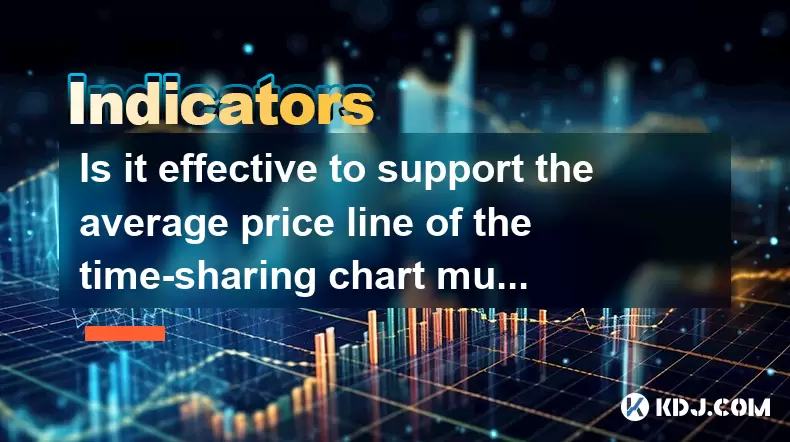
Is it effective to support the average price line of the time-sharing chart multiple times?
Jun 23,2025 at 01:36pm
Understanding the Average Price Line in Time-Sharing ChartsIn cryptocurrency trading, time-sharing charts refer to real-time price charts that display price movements over short intervals, often within a single trading day. Within these charts, the average price line, also known as the Volume Weighted Average Price (VWAP), is a commonly used technical i...
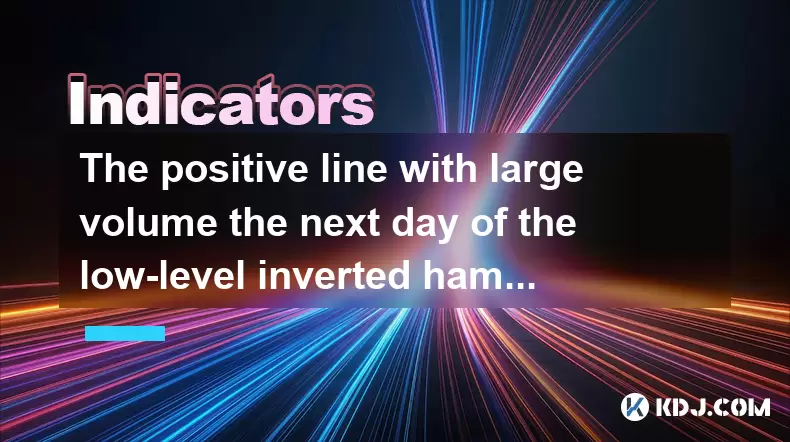
The positive line with large volume the next day of the low-level inverted hammer line confirms the reversal?
Jun 23,2025 at 01:21pm
Understanding the Low-Level Inverted Hammer LineThe inverted hammer line is a single candlestick pattern that typically appears at the end of a downtrend. It has a small real body near the bottom of the trading range and a long upper shadow, indicating that bulls attempted to push prices higher but were met with selling pressure. When this pattern forms...
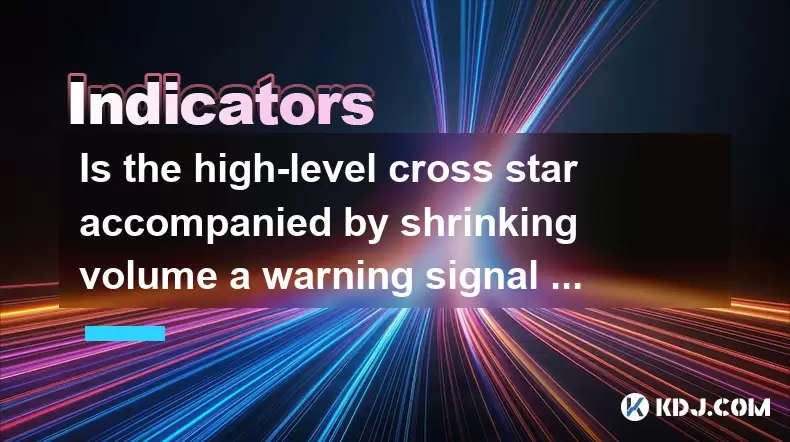
Is the high-level cross star accompanied by shrinking volume a warning signal of peaking?
Jun 23,2025 at 01:28pm
Understanding High-Level Cross Star PatternsIn the world of cryptocurrency trading, candlestick patterns are essential tools for technical analysis. One such pattern is the high-level cross star, which appears as a doji or near-doji candle at a significant resistance level. This pattern often indicates indecision in the market and can be interpreted as ...
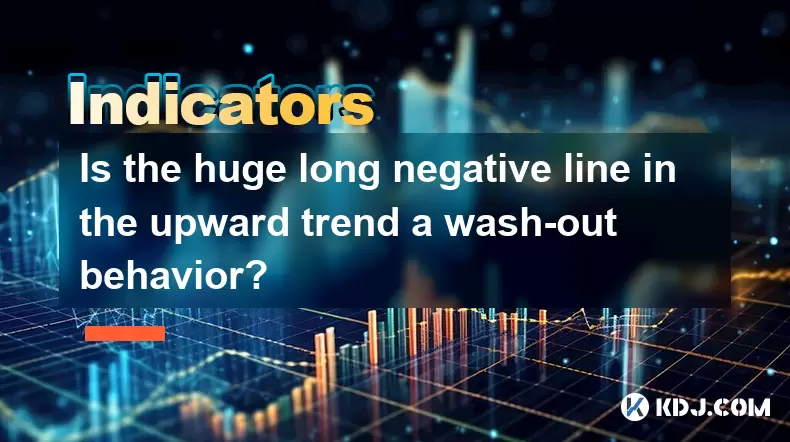
Is the huge long negative line in the upward trend a wash-out behavior?
Jun 23,2025 at 12:49pm
Understanding the Long Negative Candlestick in an Uprising TrendA long negative candlestick, often referred to as a long red or bearish candle, appearing during an upward trend can raise concerns among traders and investors. This pattern typically indicates a sudden and significant drop in price after a period of rising prices. It is often interpreted a...

Can the EXPMA golden cross stand on the 5-day line at the same time?
Jun 23,2025 at 11:42am
Understanding the EXPMA Indicator in Cryptocurrency TradingThe Exponential Moving Average (EXPMA) is a popular technical analysis tool used by cryptocurrency traders to identify trends and potential reversal points. Unlike simple moving averages, the EXPMA gives more weight to recent price data, making it more responsive to current market conditions. In...

Does the second surge in the RSI overbought zone induce more?
Jun 22,2025 at 08:35am
Understanding the RSI Overbought ZoneThe Relative Strength Index (RSI) is a momentum oscillator commonly used in technical analysis to measure the speed and change of price movements. It ranges from 0 to 100, with values above 70 typically considered overbought and values below 30 considered oversold. When the RSI enters the overbought zone for the firs...

Is it effective to support the average price line of the time-sharing chart multiple times?
Jun 23,2025 at 01:36pm
Understanding the Average Price Line in Time-Sharing ChartsIn cryptocurrency trading, time-sharing charts refer to real-time price charts that display price movements over short intervals, often within a single trading day. Within these charts, the average price line, also known as the Volume Weighted Average Price (VWAP), is a commonly used technical i...

The positive line with large volume the next day of the low-level inverted hammer line confirms the reversal?
Jun 23,2025 at 01:21pm
Understanding the Low-Level Inverted Hammer LineThe inverted hammer line is a single candlestick pattern that typically appears at the end of a downtrend. It has a small real body near the bottom of the trading range and a long upper shadow, indicating that bulls attempted to push prices higher but were met with selling pressure. When this pattern forms...

Is the high-level cross star accompanied by shrinking volume a warning signal of peaking?
Jun 23,2025 at 01:28pm
Understanding High-Level Cross Star PatternsIn the world of cryptocurrency trading, candlestick patterns are essential tools for technical analysis. One such pattern is the high-level cross star, which appears as a doji or near-doji candle at a significant resistance level. This pattern often indicates indecision in the market and can be interpreted as ...

Is the huge long negative line in the upward trend a wash-out behavior?
Jun 23,2025 at 12:49pm
Understanding the Long Negative Candlestick in an Uprising TrendA long negative candlestick, often referred to as a long red or bearish candle, appearing during an upward trend can raise concerns among traders and investors. This pattern typically indicates a sudden and significant drop in price after a period of rising prices. It is often interpreted a...

Can the EXPMA golden cross stand on the 5-day line at the same time?
Jun 23,2025 at 11:42am
Understanding the EXPMA Indicator in Cryptocurrency TradingThe Exponential Moving Average (EXPMA) is a popular technical analysis tool used by cryptocurrency traders to identify trends and potential reversal points. Unlike simple moving averages, the EXPMA gives more weight to recent price data, making it more responsive to current market conditions. In...

Does the second surge in the RSI overbought zone induce more?
Jun 22,2025 at 08:35am
Understanding the RSI Overbought ZoneThe Relative Strength Index (RSI) is a momentum oscillator commonly used in technical analysis to measure the speed and change of price movements. It ranges from 0 to 100, with values above 70 typically considered overbought and values below 30 considered oversold. When the RSI enters the overbought zone for the firs...
See all articles

























































































